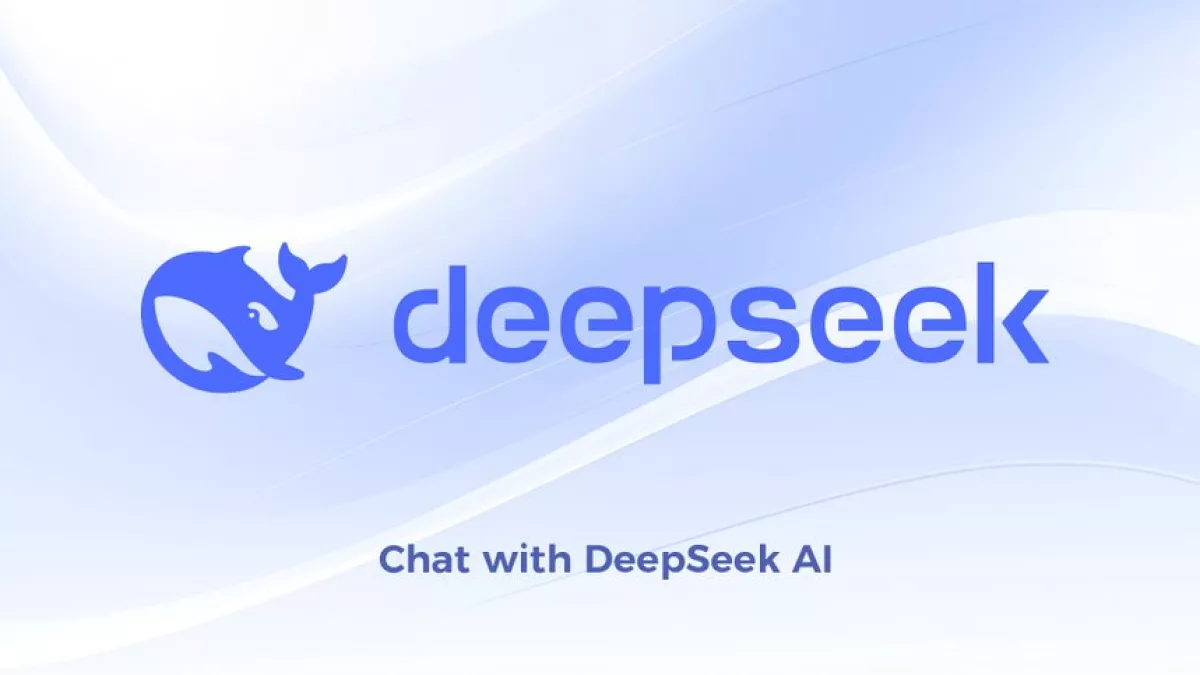In the rapidly evolving landscape of artificial intelligence, Meta’s Llama stands out as a significant contribution to the realm of generative AI. Unlike many proprietary models, Llama is designed with an open architecture, allowing developers to download, modify, and deploy it with certain limitations. This openness contrasts with models like Anthropic’s Claude, Google’s Gemini, xAI’s Grok, and most of OpenAI’s ChatGPT models, which are typically accessible only through specific APIs.
Understanding Llama’s Architecture
Llama is not a singular model but a family of models, each tailored to different applications and performance requirements. The latest iteration, Llama 4, released in April 2025, comprises three distinct models:
– Scout: This model features 17 billion active parameters and a total of 109 billion parameters, with a context window capable of handling up to 10 million tokens. In data processing terms, tokens are the smallest units of data, such as the syllables fan, tas, and tic in the word fantastic. A context window of this size allows the model to consider extensive input data before generating outputs, enhancing its ability to maintain coherence over long passages.
– Maverick: Also equipped with 17 billion active parameters, Maverick boasts a larger total parameter count of 400 billion and supports a context window of 1 million tokens. This configuration balances computational efficiency with the ability to process substantial input data.
– Behemoth: While not yet released, Behemoth is anticipated to be the most powerful in the Llama 4 lineup, with 288 billion active parameters and a staggering 2 trillion total parameters. This model is expected to handle exceptionally complex tasks requiring deep contextual understanding.
The context window is a critical aspect of these models, referring to the amount of input data the model considers before generating an output. For instance, a 10 million token context window is roughly equivalent to the text of about 80 average novels, enabling the model to generate responses with a high degree of relevance and coherence over extended dialogues.
Deployment and Accessibility
To facilitate widespread adoption and ease of use, Meta has partnered with major cloud service providers, including AWS, Google Cloud, and Microsoft Azure. These collaborations ensure that developers can access cloud-hosted versions of Llama, streamlining the integration process into various applications. Additionally, Meta provides a comprehensive Llama cookbook, offering tools, libraries, and guidelines to assist developers in fine-tuning, evaluating, and adapting the models to specific domains.
Advancements in Llama 4
The release of Llama 4 marks a significant advancement in Meta’s AI capabilities. Notably, this generation introduces native multimodal support, allowing the models to process and generate content across different data types, such as text and images. This enhancement broadens the potential applications of Llama, from content creation to complex data analysis tasks.
Performance Benchmarks
Meta’s commitment to continuous improvement is evident in the performance benchmarks of Llama 4. The models have demonstrated superior capabilities in various tasks, including language understanding, code generation, and contextual reasoning. These improvements position Llama 4 as a competitive option in the generative AI landscape, offering both performance and flexibility.
Ethical Considerations and Limitations
Despite its advancements, Llama is not without limitations. The open nature of the model raises concerns about potential misuse, such as generating misleading information or content that violates ethical standards. Meta acknowledges these risks and has implemented certain restrictions to mitigate misuse. However, the responsibility also lies with developers and users to ensure ethical deployment.
Additionally, the extensive context windows, while beneficial for maintaining coherence, can sometimes lead to the model forgetting certain safety guardrails, making it more prone to generating content that aligns too closely with the conversation context, potentially leading users toward delusional thinking. This phenomenon underscores the importance of continuous monitoring and refinement of AI models to balance performance with safety.
Future Prospects
Looking ahead, Meta’s roadmap for Llama includes the release of the Behemoth model, which is expected to set new benchmarks in AI performance. Furthermore, Meta’s ongoing investments in AI research and development suggest a commitment to maintaining a leading position in the generative AI domain. The company’s open approach fosters a collaborative environment, encouraging innovation and responsible AI development.
Conclusion
Meta’s Llama represents a significant stride in the democratization of AI technology. By offering an open, flexible, and powerful generative AI model, Meta empowers developers to create diverse applications while emphasizing ethical considerations. As the AI landscape continues to evolve, Llama’s development and deployment will likely play a pivotal role in shaping the future of generative AI.



